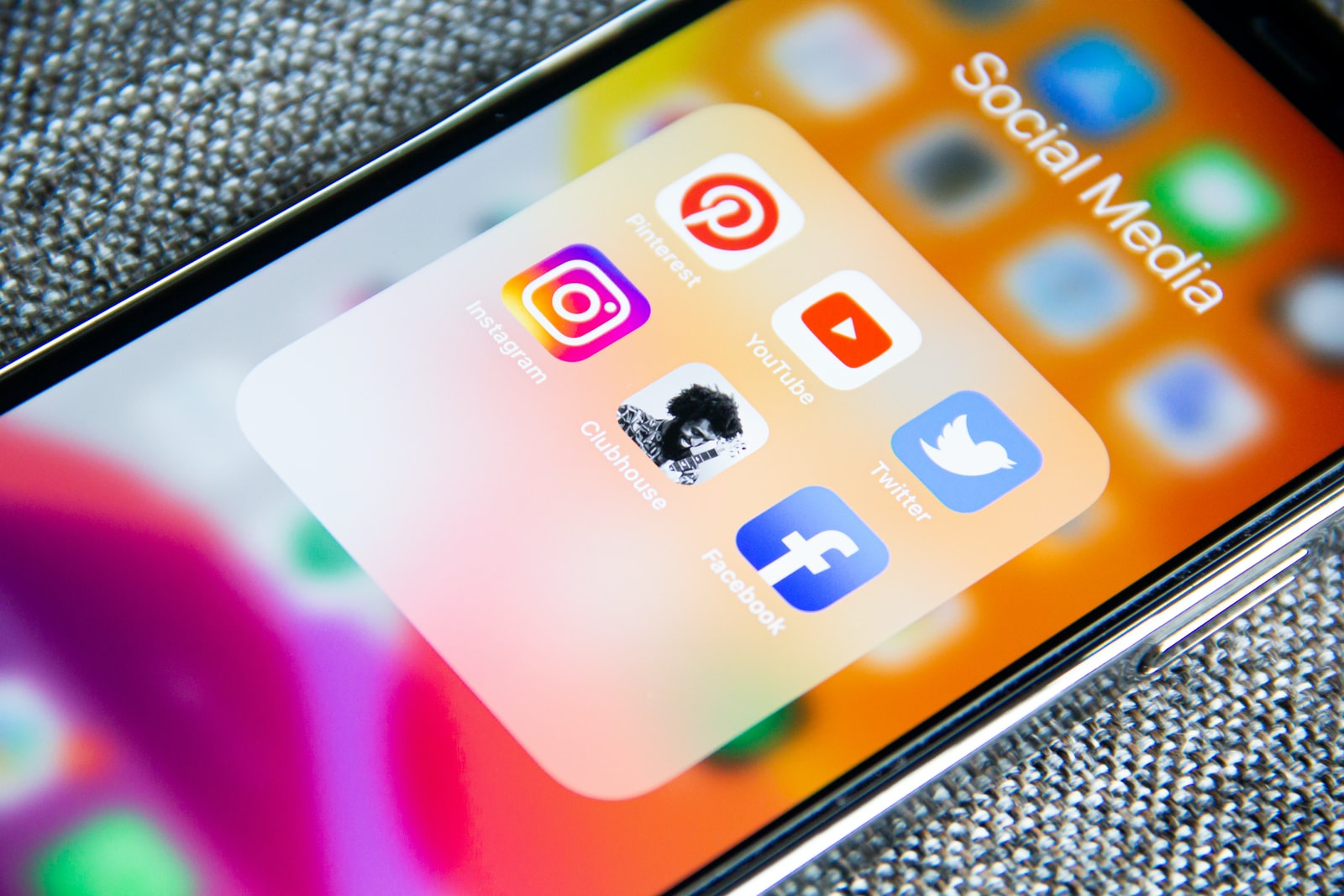This is an Example of an Inline Personalization
Social media has completely changed the way that people interact with one another in society today. Connections that would typically have faded over time are being maintained thanks to Facebook. A look into the life and thoughts of CEOs and celebrities alike can be easily accessed on Twitter and Instagram. LinkedIn allows you to network with professionals that once would have required introductions from mutual colleagues. Overall, people are more readily accessible. For brands, social is allowing them to be personified and become more personal thanks to the use of all of these channels.
Does My Brand Need to Be on Social?
Mixed feelings from brands have been offered regarding whether social media is important or a waste of time for companies, especially smaller ones or those with more of niche audiences. While it may seem like a waste of time for employees to maintain, the benefits overall outweigh the costs. First and foremost, because of the popularity of social networks, creating profiles for your brands validates the company and gives consumers an easy place to learn more about the specifics of the brand.
Marketing Insider Group put it nicely, “If people don’t know about your business, they can’t become your customers. Social media boosts your visibility among potential customers, letting you reach a wide audience by using a large amount of time and effort. And it’s free to create a business profile on all the major social networks, so you have nothing to lose.”
These potential customer pools aren’t small either. According to Statista, for 2019, 79 percent of the U.S. population has at least one social network profile, equating to 247 million people. That’s a jump from 21 percent ten years ago. Social media has become a normalcy for the public since its introduction. These platforms are where customers are spending their time. In fact, social media users spend 2 hours and 23 minutes on social media daily. Brands can easily capitalize on this and meet consumers where they are.
What Are Consumers Doing with Different Brands’ Social Profiles?
There are a variety of reasons consumers are using brand social sites. As mentioned above, many consumers turn to social media for discovering new brands or learning additional information about the brands. At a minimum, the brand page being available for interested viewers in important. No company wants to miss out on potential customers just because they haven’t taken measures to be available where consumers are looking for them.
Consumers are also using brand profiles for customer service help. According to Lyfe Marketing, 59 percent of people with social accounts believe social media has made customer service easier. Whether it be getting questions answered, making changes to current subscription preferences, checking in on pending orders, etc., these platforms are a great way to assist customers and keep them happy.
Another way consumers are using brand sites is to help promote your products and services. When a user posts something about your brand, they want to tag the brand and often hope for engagement to be reciprocated. This is a great way to build rapport and positive sentiment surrounding your brand. Also, according to Social Media Today, user generated content on Instagram has a 4.5 percent higher conversion rate than posts from the business directly.
Alternatively, engaging on social is helpful for damage control when consumers take to social to complain about a brand. Being aware of complaints consumers are having will be helpful for enhancing products and services your brand offers in the future. When you stop seeing social to pitch your customers and start seeing it as a way to connect with them, it can transform your brand. It allows a brand to bring top notch customer service right to the customers and listen to how to better your offerings moving forward.
Lastly, consumers have started using brand’s social sites for event information. Many brands have started using Facebook events to grab the attention of their audience and promote events they are holding. Sprout Social walks through a strong, easy strategy to start promoting events using the Facebook tool. For while the events are taking place, Twitter and Instagram stories allows interested audiences that couldn’t attend the event to follow along with what is happening in real time. This can also help to generate more interest and attendance in future years by giving your audience a look into what the event experience is like.
There’s no question that social media platforms are important for all brands today. Rather than focusing on whether or not they’re necessary, questions should be aimed more around strategy. Who do you want to target? What time is best for reaching your audience? Which platforms do you want to use? Take a look at our piece on using social network norms to better engage your audience. We’ll also be tackling other social strategy approaches in future posts.



